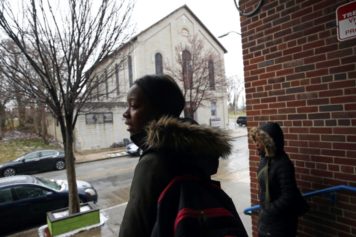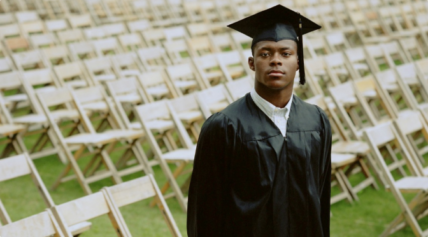
African-American students and students with disabilities are suspended at “hugely disproportionate rates compared to white students,” said a report by the Discipline Disparities Research-to-Practice Collaborative, which includes experts from fields such as advocacy, policy, social science and law. Latino students, girls of color, and lesbian, gay, bisexual and transgender students also were disproportionately suspended — a punishment the report said increases dropout risks and helps push troubled students out of classrooms and into the justice system.
“We already knew that African-Americans were disproportionately affected, but this new research is also saying that it’s also Latino students, it’s also students with disabilities, it’s also girls of color,” said Russell Skiba, the Indiana University professor who directed the project. “LGBT students may be at risk for increased discipline. These things have a big effect on achievement.”
The researchers found that Black students were 1.78 times as likely to be suspended out of school as white students. Latino students’ suspension odds were 2.23 times greater than those of white students. Students with disabilities were suspended at twice the rate of their non-disabled peers, and for longer durations. Worse, 25 percent of Black students with disabilities received at least one out-of-school suspension in the 2009-2010 school year.
Research shows that removing so-called “bad kids” from the classroom doesn’t help non-disruptive kids learn, according to the collaborative. The group found that some restorative justice programs and prevention programs that call for more student-teacher engagement can help lower suspension rates and minimize disruptions. The researchers also found that school police often make arrests for “what might otherwise be considered adolescent misbehaviors.”
To reach these conclusions, the group relied on research studies, as well as data from the U.S. Education Department. “Several studies indicate … that racial disparities are not sufficiently explained by the theory that Black or other minority students are simply misbehaving more,” the collaborative wrote.
Read the full story at huffingtonpost.com


